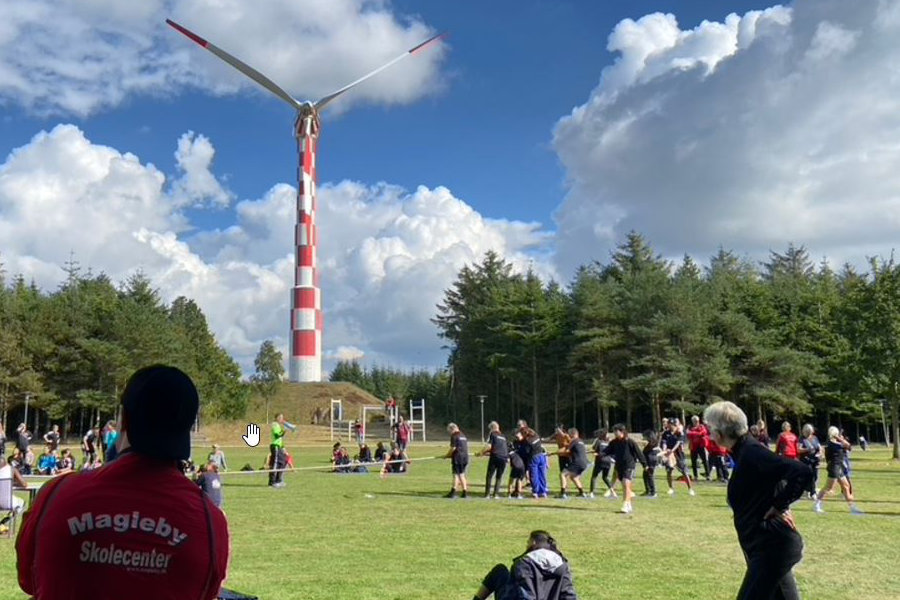The long-term impact
The Tvindkraft turbine effectively launched wind energy in Denmark and was quickly copied. Rather than hold on to the design with legal patents, the teachers at the schools ensured that as many other windmills could be produced as possible, influencing national and European policy. In an era of increased globalization, it is a rare example of how a group of local people can help change a government’s agenda.
The windmill also left a social legacy as Tvindkraft is maintained by volunteers and caretakers, and also inspired the creation of the Tvind Climate Centre. As well as providing organic vegetables and recycling waste in the area, the centre also works towards planting trees around the world and provides solar lamps to schools in Africa.
A great inspiration
Whilst wind energy has gone up from 4% of the mix to an average of 10%, more development needs to be done in this sector in order to meet sustainability and energy independence goals set at COP meetings and at national government levels.
Russia’s intervention in Ukraine has cast a bright light on the weaknesses in Europe’s energy independence which could be hugely improved with more wind farms on and offshore. It has also caused price increases for consumers, thus creating even more issues. Wind power that could provide energy to local people would have mitigated many of these problems years ago and should be encouraged by all governments and communities where possible.

